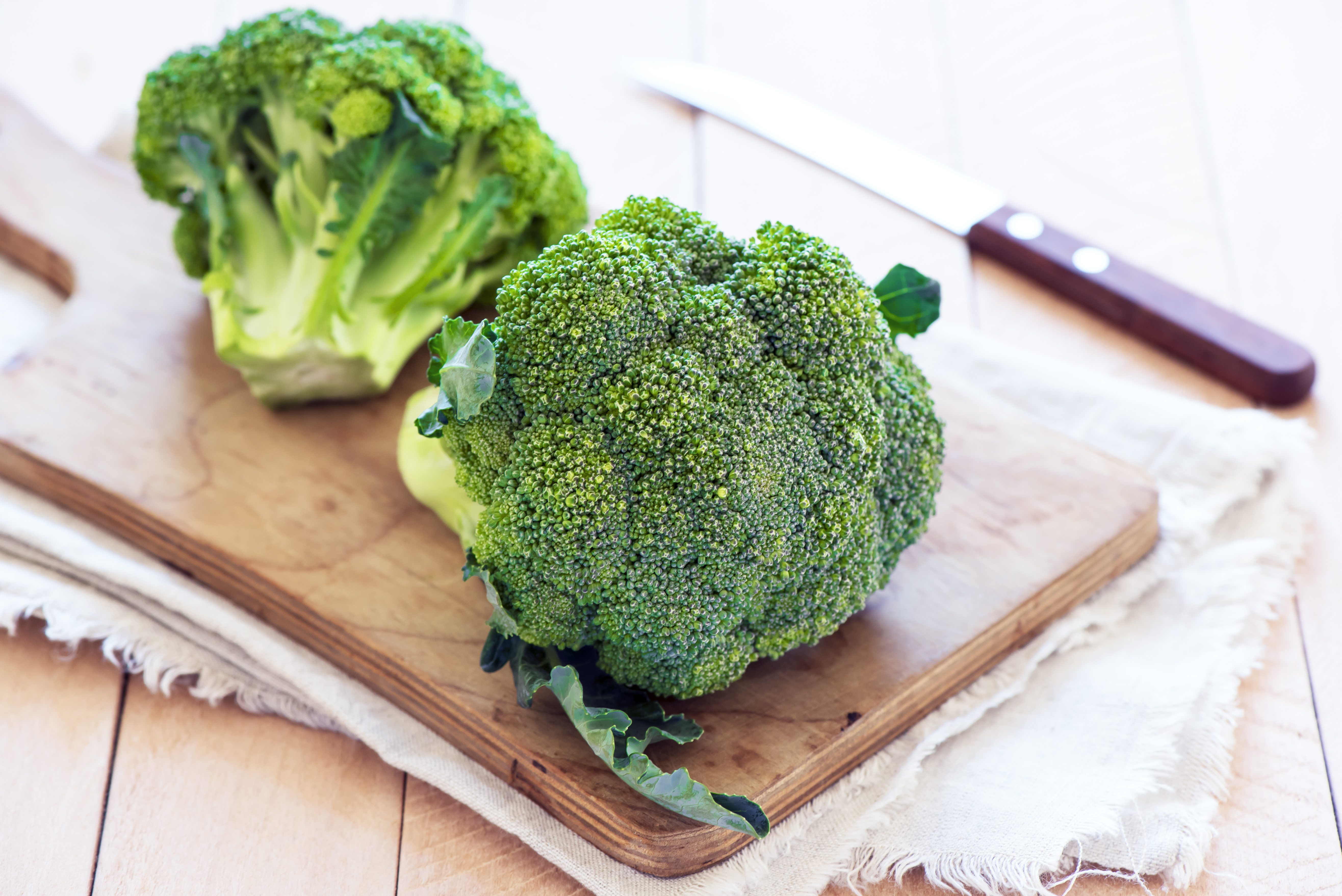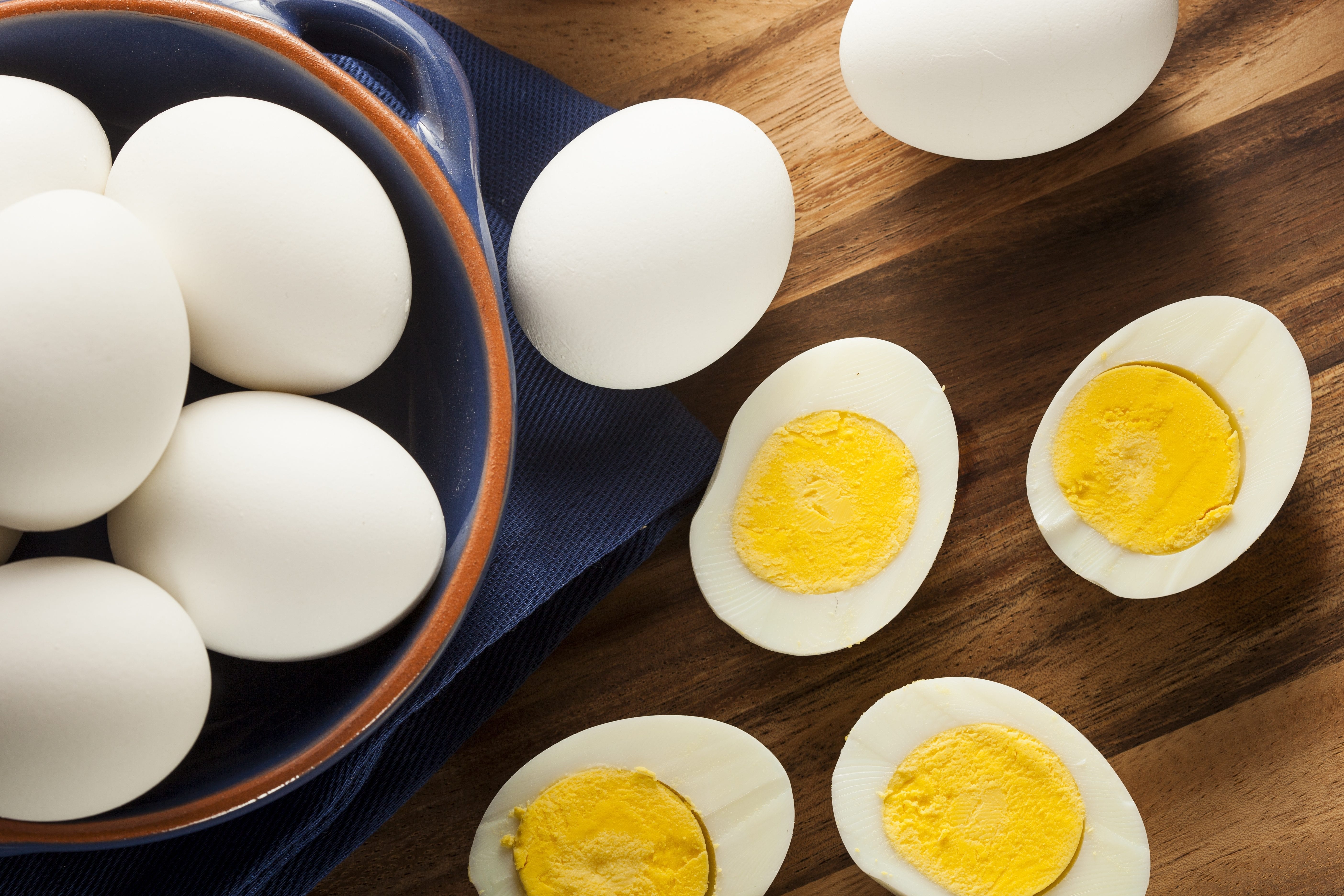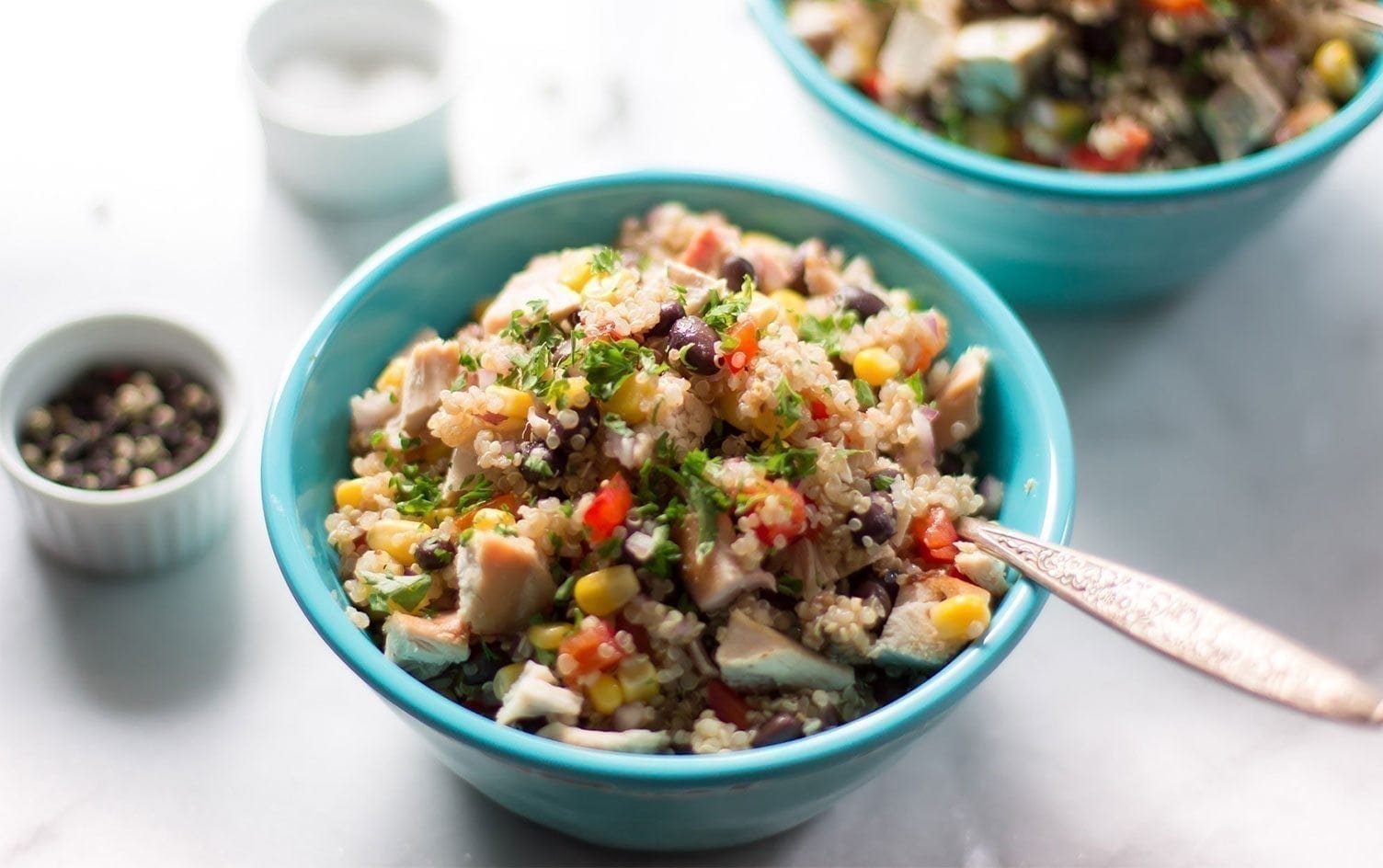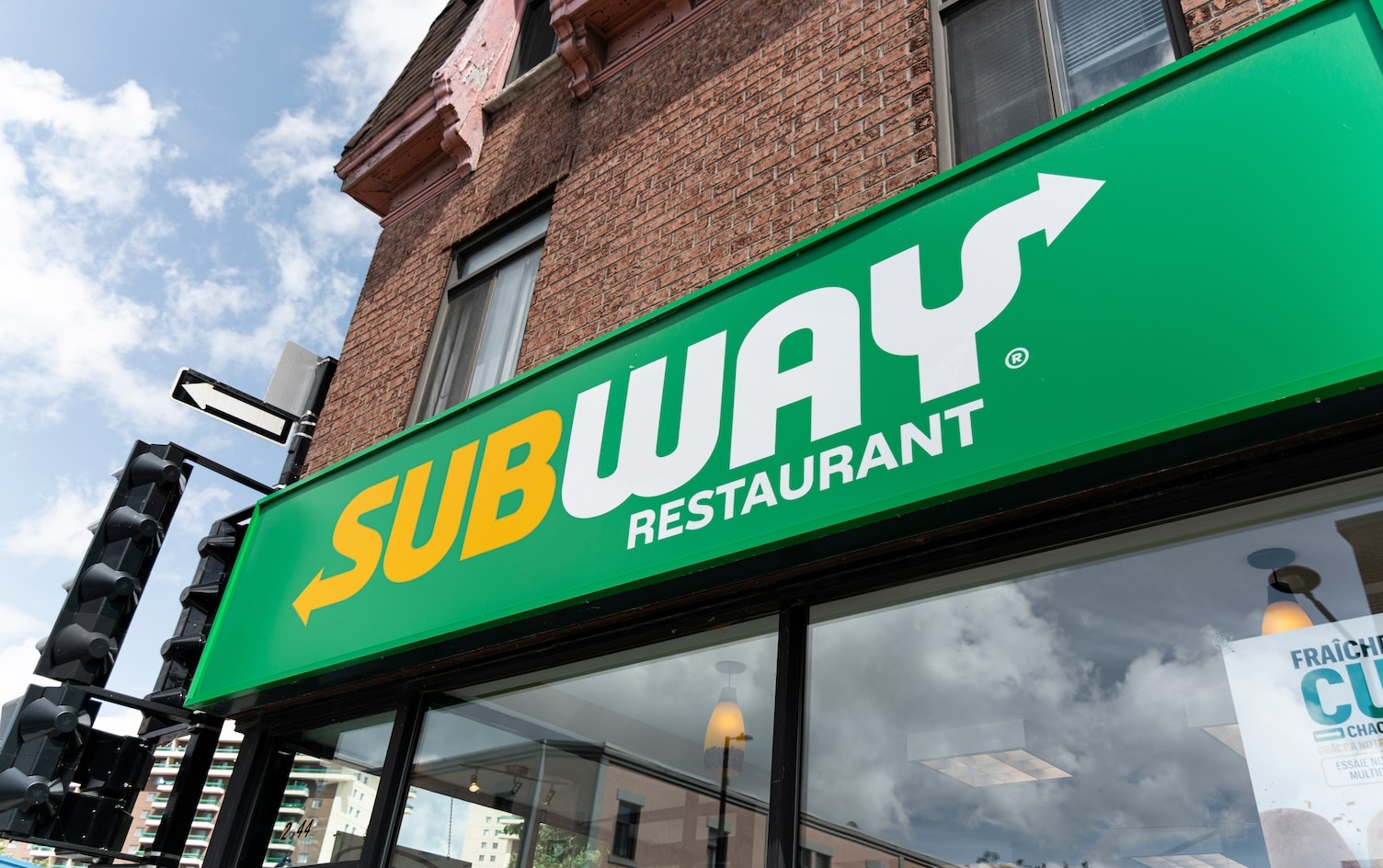We all know the feeling of eating too much food, of being not just full but stuffed, and yet not feeling satisfied.
When we eat, sensors in our mouth, stomach and intestines assess the volume and chemical composition of what we’ve taken in, says Stephan J. Guyenet, PhD, author of “The Hungry Brain; Outsmarting the Instincts that Make Us Overeat.” Those sensors send that information to our brain stem, which then sets our level of fullness, or satiety. Once this feeling builds, our brain decides we’ve had enough food.
The question is, which foods flip that switch?
In 1995, a University of Sydney study found that high-fiber, high-water and high-protein foods were the most filling. It’s all the stuff we know is good for us: fresh fruits and vegetables; chicken and seafood; whole grains, beans and lentils; eggs and yogurt.
“Simple, whole foods similar to what our ancestors would have eaten provide a higher level of satiety per calorie, and may encourage a slimmer body with less effort,” Guyenet says.
Dr. Donald Hensrud, medical director of the Mayo Clinic Healthy Living Program and medical editor-in-chief of “The Mayo Clinic Diet,” agrees. “Numerous studies have demonstrated that when people eat foods high in water and fiber and low in fat and processed carbohydrates, they can achieve satiety at a lower calorie intake (but the same weight of food consumed) and, therefore, better manage weight.”
“The most filling foods contain protein, which is slowly digested, so it sticks to your ribs; and fiber, which expands like a sponge in the gut to keep you full,” explains Karen Ansel, MS, RDN, and author of “Healing Superfoods for Anti-Aging: Stay Younger, Live Longer.” “While most fiber-containing foods, such as fruits, vegetables, beans and whole grains, are naturally low in calories, protein is a different story. Be sure to stick with the leanest sources.”
Seek out these 12 nourishing basics to get your healthy fill:
1. Beans
Rich in protein and fiber, beans fill you up and are easy on the wallet. Add them to salads, use them to displace some of the noodles in a pasta dish or plop them into soup to add staying power.
RECIPE > WHITE BEAN TURKEY CHILI
2. Broccoli & Other Cruciferous Vegetables
“I love broccoli because it contains the highest amount of glucoraphanin, which supports your body’s own detoxification system, and has very few calories,” says Ashley Koff, RD, founder of Ashley Koff Approved and The Better Nutrition Membership. “I feel the same way about cauliflower. Try frozen cauliflower to thicken smoothies.”
RECIPE > GARLICKY BROCCOLI “ZOODLES” WITH BACON

3. Canned Tuna
“Canned tuna is one of the most underrated foods out there,” says Ansel. “A five-ounce can gives you 28 grams of protein, for only 122 calories. Plus, it’s a good source of omega-3 fats, which are key for heart and brain health.”
RECIPE > TUNA AVOCADO EGG SALAD
4. Chia Seeds
“Chia seeds are rich in slowly digested protein and fiber, nutrients that work together to keep you full for hours,” says Ansel. She recommends swirling one tablespoon of the seeds into iced tea or juice to transform them into filling snacks.
5. Chicken
“Lean proteins, like chicken, aid in satiety by affecting the hormones that control hunger and how quickly food empties from our stomachs,” says Keri Glassman, MS, RD. “Chicken also has the highest thermal effect of food, meaning it burns the most calories during digestion, versus carbs and fat.”
WATCH > IN A SNAP: 20-MINUTE MANGO CHICKEN BOWLS

6. Eggs
“Eggs are a quick, easy source of protein, and they’re a lot lower in fat than you might think,” says Ansel. “One large egg gives you six grams of protein, with less than five grams of fat and only 1.5 grams of saturated fat.”
7. Greek Yogurt or Skyr (Icelandic Yogurt)
Packed with protein and calcium (Ansel says calcium is believed to help with fat burning), yogurt goes with everything from oatmeal (see below) and fresh berries to natural nut butters. Greek and Icelandic-style yogurt has even more protein than the regular kind.
8. Oatmeal
“Oatmeal contains a soluble fiber called beta-glucan,” says Glassman. “This slow-digesting fiber will keep you fuller for longer, preventing overeating, while it also may improve blood cholesterol and overall heart health.” If you’re burned out on your usual morning oats, try these 15 new ways to make oatmeal.

9. Nuts & Nut Butters
“Nuts and nut butters are satiating due to their protein and fiber,” says Jackie Newgent, RDN, author of “The All-Natural Diabetes Cookbook.” “Plus, they can provide satisfying crunch, creamy texture, and rich flavor!” Glassman suggests adding a small amount of natural peanut butter to oatmeal to deliver healthy fats and “give your sweet tooth a fix.”
10. Potatoes
Topping the charts for satiety in the 1995 study by a wide margin was… the humble spud. “Keep in mind that [study participants] ate it plain, without burying it in butter, cheese and bacon bits,” says Guyenet.
11. Quinoa
“Quinoa supplies both protein and fiber,” says Ansel. “And, unlike most other grains, it delivers complete protein.” Use in place of rice or pasta for better filling power.
RECIPE > QUINOA CHICKEN SALAD
12. Ricotta or Cottage Cheese
“A quarter cup of either provides a whopping 7 grams of protein,” Ansel says. “Try instead of cream cheese on a whole-wheat English muffin or bagel.”
READ MORE
> 9 Unexpected Ways to Use Greek Yogurt
> Recipe: Easy Cheesy Crustless Quiche
> Recipe: Tart Cherry Chia Pudding




